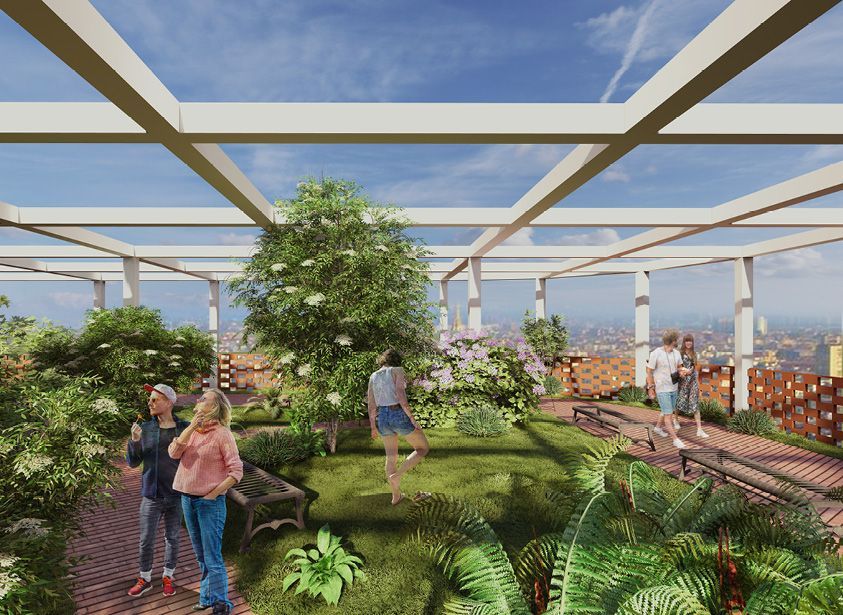Variant House
Inspired by ancient human settlements
Within the Envisioning workshop, the students of the Master in Interior and Living Design Irem Gunes, Ecem Gunes and Bianca Fink, developed the project “Variant House”.
The project draws inspiration from Çatalhöyük in Konya, Turkey, one of the earliest known domestic settlements dating back to around 7,100 BC. At Çatalhöyük, the community’s distinctive settlement culture involved continuous, gradual construction and rebuilding of houses, which were integral to their material, social, and ritual lives. These roughly rectangular houses were closely clustered without streets, with people moving around on roofs and accessing homes via wooden ladders through ceiling openings.

Inspired by ancient human settlements
Within the Envisioning workshop, the students of the Master in Interior and Living Design Irem Gunes, Ecem Gunes and Bianca Fink, developed the project “Variant House”.
The project draws inspiration from Çatalhöyük in Konya, Turkey, one of the earliest known domestic settlements dating back to around 7,100 BC. At Çatalhöyük, the community’s distinctive settlement culture involved continuous, gradual construction and rebuilding of houses, which were integral to their material, social, and ritual lives. These roughly rectangular houses were closely clustered without streets, with people moving around on roofs and accessing homes via wooden ladders through ceiling openings.
Project Leader | Mentor
Mario Abruzzese
Project Authors
Irem Gunes
Ecem Gunes
Bianca Fink



In the context of significant advancements in sustainable construction, Variant House emerged as a modular building constructed in layers, both horizontally and vertically, designed to cater to diverse needs. Emphasising eco-friendliness, the project incorporates features such as energy efficiency, insulation, water efficiency, green roofs, recycled materials, rainwater collection systems, and solar panels.
Modular homes are manufactured precisely in factories, minimising construction waste by up to 52% compared to traditional methods. They also reduce on-site waste and energy use by as much as 72%, making them a compelling choice for sustainable living.
This approach allows homeowners to customise their homes with rooms of various sizes and features, tailored to their preferences in terms of size, materials, and functionality.















